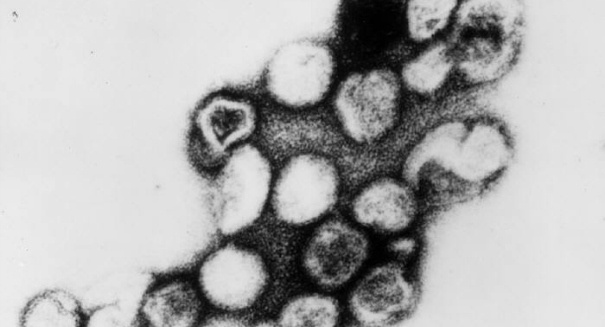
Cases of rubella are rare in the United States because of the widespread use of the measles, mumps and rubella (MMR) vaccine.
An international student attending Valparaiso University has been diagnosed with a case of rubella, otherwise known as German measles, health officials say. Indiana health officials from both the state and local level are working closely with the university to identify any other potential cases.
Students on the college campus, as well as residents in the surrounding area, could have been exposed to the rubella virus. The university is contacting people they believe could have been exposed.
Rubella is a highly contagious viral respiratory disease, spread primarily through direct or droplet contact. Cases of rubella are rare in the United States because of the widespread use of the measles, mumps and rubella (MMR) vaccine. However, international visitors could become infected before arriving in the United States, or US citizens could become infected while traveling abroad.
Receiving a single dose of the MMR vaccine is successful at immunizing more than 95 percent of people. After a second dose, 99 percent have protection. In the United States, children are typically vaccinated at one year old, and again between the ages of four and six.
Congenital rubella syndrome (CRS) is a major public health risk associated with the disease. It occurs when pregnant women are exposed to the rubella virus. Congenital rubella syndrome can cause severe birth defects or even death in unborn children. Common birth defects associated with CRS are blindness, eye defects, congenital heart disease and liver defects. Children exposed to rubella in the womb are often born with a low birth weight and a small head size.
In children, symptoms of rubella include a rash that first starts on the face and then spreads to the rest of the body. A low grade fever will also be present. Adults often experience swollen glands and cold like symptoms before the rash appears. Women are more prone to experiencing aches in the joints. It is typical for symptoms to not present themselves until two to three weeks after exposure to the virus.
In 2012, Indiana reported a single case of rubella. Prior to that report, the state had not seen a case since 1996.
Leave a Reply